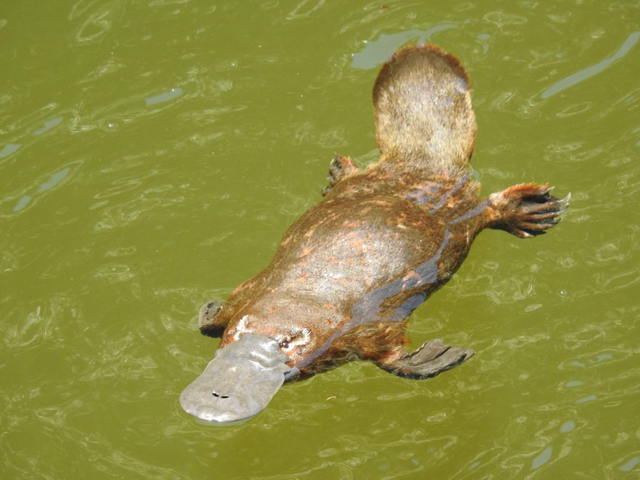Noosa will play a key role in a million-dollar eDNA monitoring program for native aquatic species including platypus to launch across more than 200 locations in South East Queensland.
The $1.2 million program will officially kick off at sites in Brisbane, Logan, Ipswich and Moreton Bay using innovative environmental DNA (eDNA) monitoring to uncover data on the region’s native species including platypus, rakali, freshwater turtles, lungfish, frogs, and endangered Mary River cod.
It is the first regionally coordinated eDNA monitoring program across 11 South East Queensland councils. It also marks the first time cutting-edge eDNA testing will be conducted in Noosa and the Sunshine Coast to create a comprehensive biodiversity snapshot across the south-east.
Led by Resilient Rivers SEQ, and delivered by Wildlife Queensland, data collected will help to support future conservation efforts including vital habitat restoration and waterway management.
Resilient Rivers SEQ is one of 29 commitments being delivered under the SEQ City Deal, a partnership between the Australian Government, Queensland Government and Council of Mayors (SEQ). The SEQ City Deal aims to improve the accessibility, prosperity and liveability of the region, which is home to more than four million residents.
The SEQ City Deal will invest $40 million into Resilient Rivers SEQ with $10 million each from the Australian Government, Queensland Government, Council of Mayors (SEQ) and Seqwater.
The program will include community workshops, citizen science activities, and an interactive online map helping connect residents with their local environment. This will build on a decade of community-led monitoring through Wildlife Queensland including the PlatyCount campaign, which has already surveyed more than 300 sites.
Resilient Rivers SEQ, managed by the Council of Mayors (SEQ), delivers coordinated catchment management to improve the health and resilience of the region’s waterways, including the internationally significant Moreton Bay.
Monitoring will begin this month as part of Resilient Rivers SEQ’s new two-year program to restore habitat, enhance biodiversity, and improve water security across 16,000 kilometres of rivers and streams, from Noosa in the north, to the Logan and Albert Rivers in the south, and west to the Great Dividing Range.
Noosa Mayor Frank Wilkie said the investment in our waterways was welcomed.
“The first-time use of eDNA testing in our shire will give us a better insight into local biodiversity,” he said.
“The more we learn about the native species living in our local catchment the better equipped we are to restore and protect their habitat long term.”
Lord Mayor Adrian Schrinner, Chair Council of Mayors (SEQ) this coordinated eDNA monitoring program, the first of its kind in SEQ was an important step in safeguarding native species, including the iconic platypus.
“The more we learn about these unique animals, the better equipped we are to protect them.”
Minister for the Environment and Tourism and Minister for Science and Innovation, Andrew Powell said healthy rivers create healthy ecosystems and this will help ensure the region’s wildlife and waterways continue to flourish.
Wildlife Queensland Platypus Officer, Dr Tamielle Brunt said eDNA was revolutionising how we monitor aquatic life.
“By analysing water samples for traces of DNA, we can detect hundreds of species and gain a comprehensive picture of life beneath the surface,” she said.
For more information, visit Resilient Rivers SEQ
To find out more and get involved: Wildlife Queensland.







